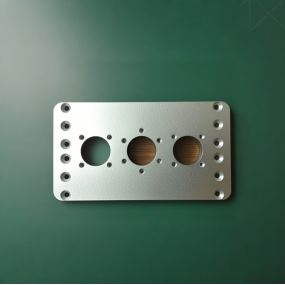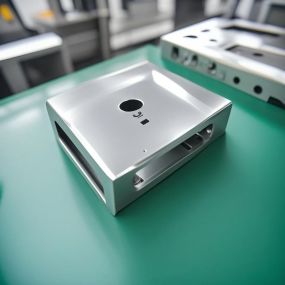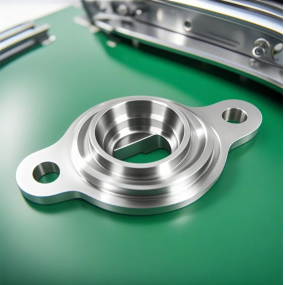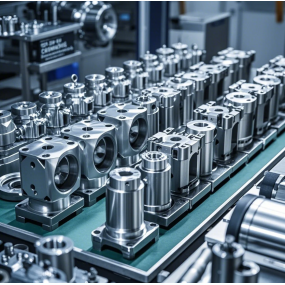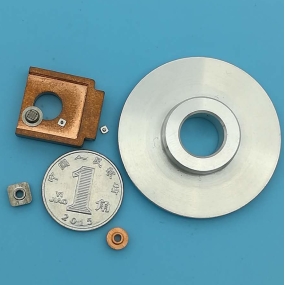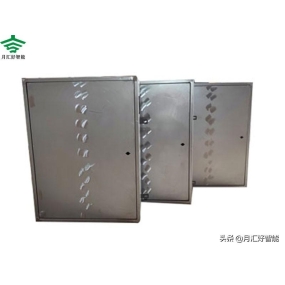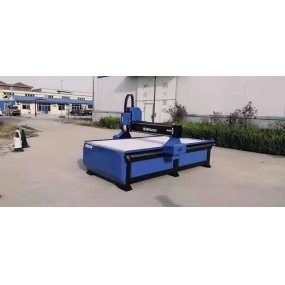[Abstract] Machining includes: laser cutting, heavy-duty machining, metal bonding, metal drawing, plasma cutting, precision welding, roll forming, sheet metal bending, die forging, water jet cutting, precision welding, etc.
Machining is a process of changing the external dimensions or properties of a workpiece with processing machinery. According to the temperature state of the workpiece to be processed, it is divided into cold working and hot working. Generally, it is processed at room temperature and does not cause chemical or phase changes of the workpiece, which is called cold working. Generally, processing above or below normal temperature will cause chemical or phase changes of the workpiece, which is called hot working. Cold working can be divided into cutting and pressure working according to the difference in processing methods. Hot working is commonly used in heat treatment, calcination, casting and welding. In addition, hot and cold treatment is often used during assembly. For example, when the bearing is assembled, the inner ring is often cooled into liquid nitrogen to shrink its size, and the outer ring is properly heated to enlarge its size, and then it is assembled together. The outer ring of the wheel of the train is also heated to the substrate, which can ensure the firmness of its bonding when cooled (I don‘t know if this method still exists.)
Machining includes: laser cutting, heavy machining, metal bonding, metal drawing, plasma cutting, precision welding, roll forming, sheet metal bending, die forging, water jet cutting, precision welding, etc.
Machining: The broad meaning of machining is the process of manufacturing products by mechanical means; the narrow meaning is the process of making parts with special machinery such as lathes, milling machines, drilling machines, grinders, stamping machines, and die-casting machines.
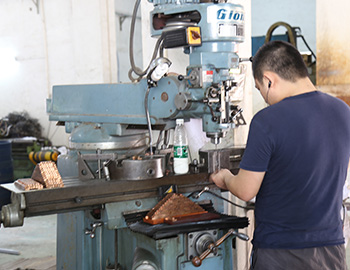


 Spanish
Spanish Arabic
Arabic French
French Portuguese
Portuguese Belarusian
Belarusian Japanese
Japanese Russian
Russian Malay
Malay Icelandic
Icelandic Bulgarian
Bulgarian Azerbaijani
Azerbaijani Estonian
Estonian Irish
Irish Polish
Polish Persian
Persian Boolean
Boolean Danish
Danish German
German Filipino
Filipino Finnish
Finnish Korean
Korean Dutch
Dutch Galician
Galician Catalan
Catalan Czech
Czech Croatian
Croatian Latin
Latin Latvian
Latvian Romanian
Romanian Maltese
Maltese Macedonian
Macedonian Norwegian
Norwegian Swedish
Swedish Serbian
Serbian Slovak
Slovak Slovenian
Slovenian Swahili
Swahili Thai
Thai Turkish
Turkish Welsh
Welsh Urdu
Urdu Ukrainian
Ukrainian Greek
Greek Hungarian
Hungarian Italian
Italian Yiddish
Yiddish Indonesian
Indonesian Vietnamese
Vietnamese Haitian Creole
Haitian Creole Spanish Basque
Spanish Basque

